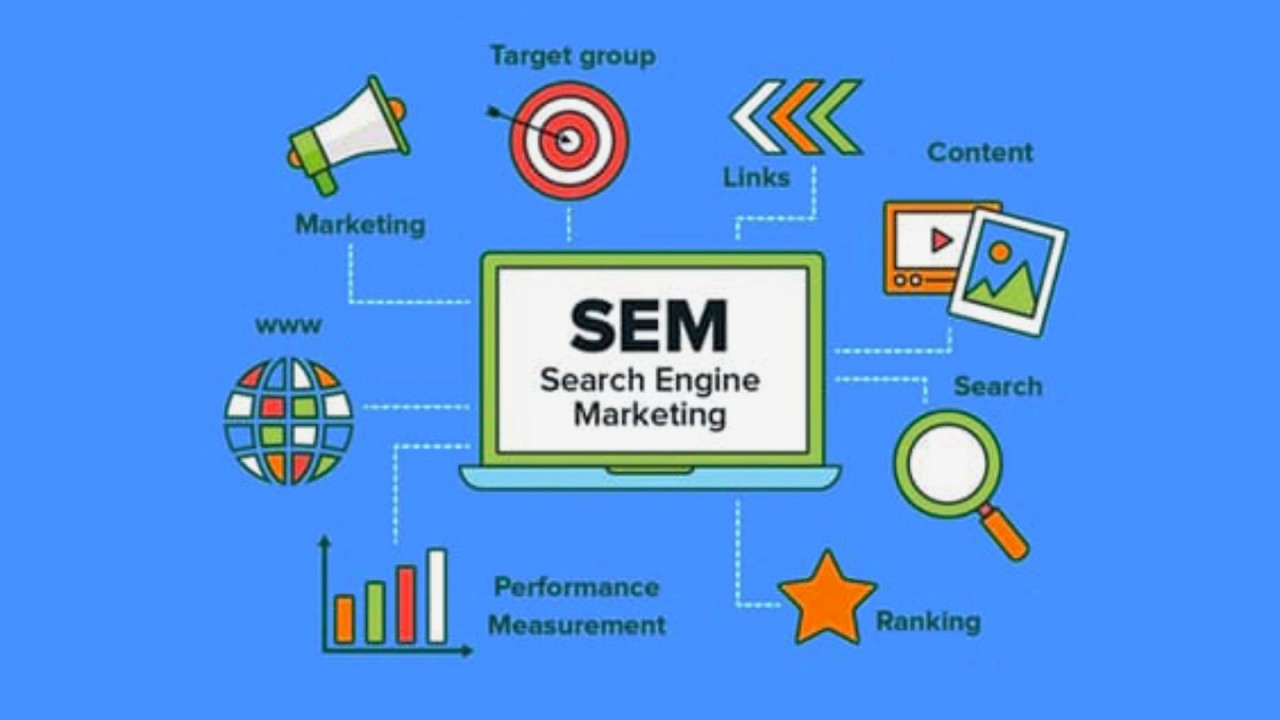Demystifying SEM: The Inner Workings of Search Engine Marketing
Introduction:
Search Engine Marketing (SEM) is a cornerstone of digital marketing, empowering businesses to boost their online visibility and attract qualified leads through search engine platforms. Understanding the mechanics of SEM is crucial for marketers looking to leverage its potential effectively. This article delves into the intricacies of SEM, exploring its workings, key components, and strategic applications in contemporary marketing campaigns.
Deciphering SEM:
- Paid Search Advertising:
- At the heart of SEM lies paid search advertising, where businesses bid on keywords relevant to their offerings.
- When users search for these keywords on search engines like Google or Bing, sponsored ads appear at the top or bottom of the search results page.
- Advertisers pay a predetermined fee each time a user clicks on their ad, hence the term Pay-Per-Click (PPC).
- Organic Search Engine Optimization (SEO):
- Complementing paid advertising, SEM encompasses organic SEO strategies aimed at improving a website’s ranking in unpaid search results.
- Organic SEO involves optimizing website content, meta tags, and backlinks to enhance visibility and attract organic traffic.
Key Components of SEM:
- Keyword Research:
- Keyword research forms the foundation of SEM, guiding advertisers in identifying relevant search terms that align with their target audience’s intent.
- Advanced keyword research tools like Google Keyword Planner or SEMrush help uncover high-value keywords with optimal search volume and competition levels.
- Ad Campaign Setup:
- Advertisers create targeted ad campaigns within SEM platforms like Google Ads or Bing Ads.
- Each campaign includes ad groups structured around specific themes or product categories, with tailored ad copy and landing pages.
- Bidding and Budgeting:
- Advertisers set bids for their chosen keywords, indicating the maximum amount they’re willing to pay for a click.
- Budget allocation is crucial, balancing bid amounts with overall campaign spend to maximize ROI.
- Ad Quality and Relevance:
- Search engines evaluate ad quality and relevance based on factors like ad copy, landing page experience, and expected click-through rate (CTR).
- Ads that offer relevant, engaging content are rewarded with higher ad positions and lower costs per click.
Strategic Applications of SEM:
- Driving Targeted Traffic:
- SEM enables businesses to reach potential customers actively searching for their products or services.
- By targeting specific keywords and demographics, advertisers can drive qualified traffic to their websites, increasing the likelihood of conversions.
- Increasing Brand Visibility:
- SEM not only drives immediate traffic but also enhances brand visibility and recognition.
- Even when users don’t click on ads, brand exposure in search results reinforces brand awareness and trust.
- Maximizing ROI:
- With its pay-per-click model and robust analytics, SEM offers precise control over ad spend and performance tracking.
- By continually optimizing campaigns based on insights and data, advertisers can maximize ROI and achieve their marketing goals efficiently.
Conclusion:
SEM is a dynamic and versatile marketing tool that empowers businesses to reach their target audience effectively and achieve tangible results. By understanding its mechanics, leveraging advanced tools, and adopting strategic approaches, marketers can harness the full potential of SEM to propel their digital marketing efforts to new heights.
